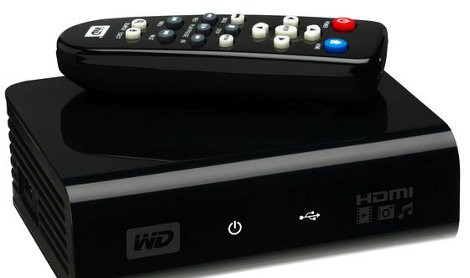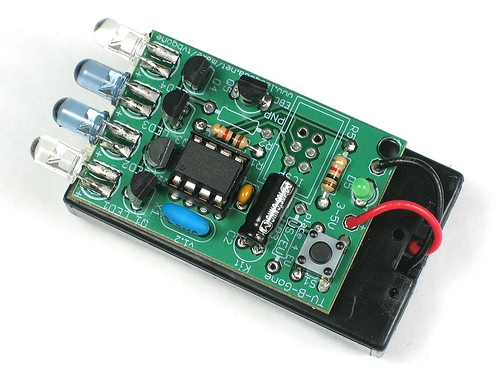
TV-B-Gone: antisocial nuisance or harmless prank? Whatever your feelings, there’s no denying this device has become a staple of the DIY hacking crowd, as evidenced by the countless derivatives since hatched. This latest mutation crushes them all.
[manekinen] from the Polish electronics blog Elektroda (“Electrode”) wasn’t satisfied with high-power TV-B-Gone designs using multiple 5mm infrared LEDs, so he created his own using a single one-Watt monster. The device is concealed in an ordinary flashlight casing, making it somewhat inconspicuous. A custom PCB containing an ultra-minimalist version of the TV-B-Gone circuitry sits just behind the reflector. The choice of reflectors determined maximum distance vs. coverage…they opted for distance. Specific figures aren’t given, but we estimate this thing could shut off televisions on Mars.
The original article (Polish or Google-ized English) includes construction photos and an archive (.rar) of project files including Eagle schematics and C source code.
Would it be totally irresponsible to mention there’s now a 3-Watt version of this LED? We’re just sayin’.
[thanks RicoElectrico]

















